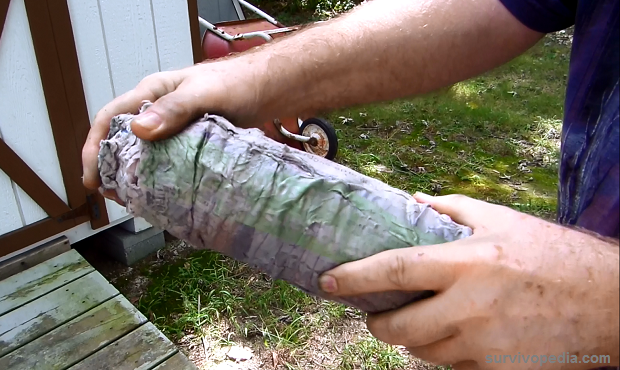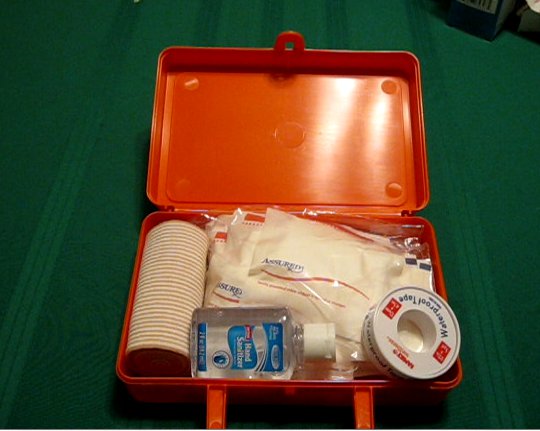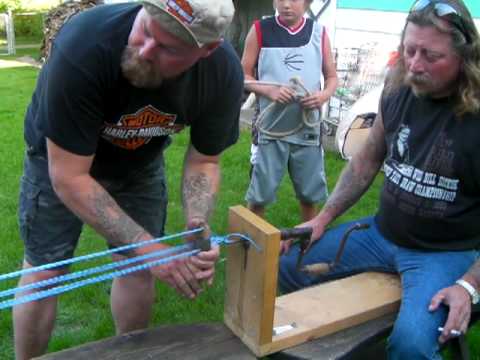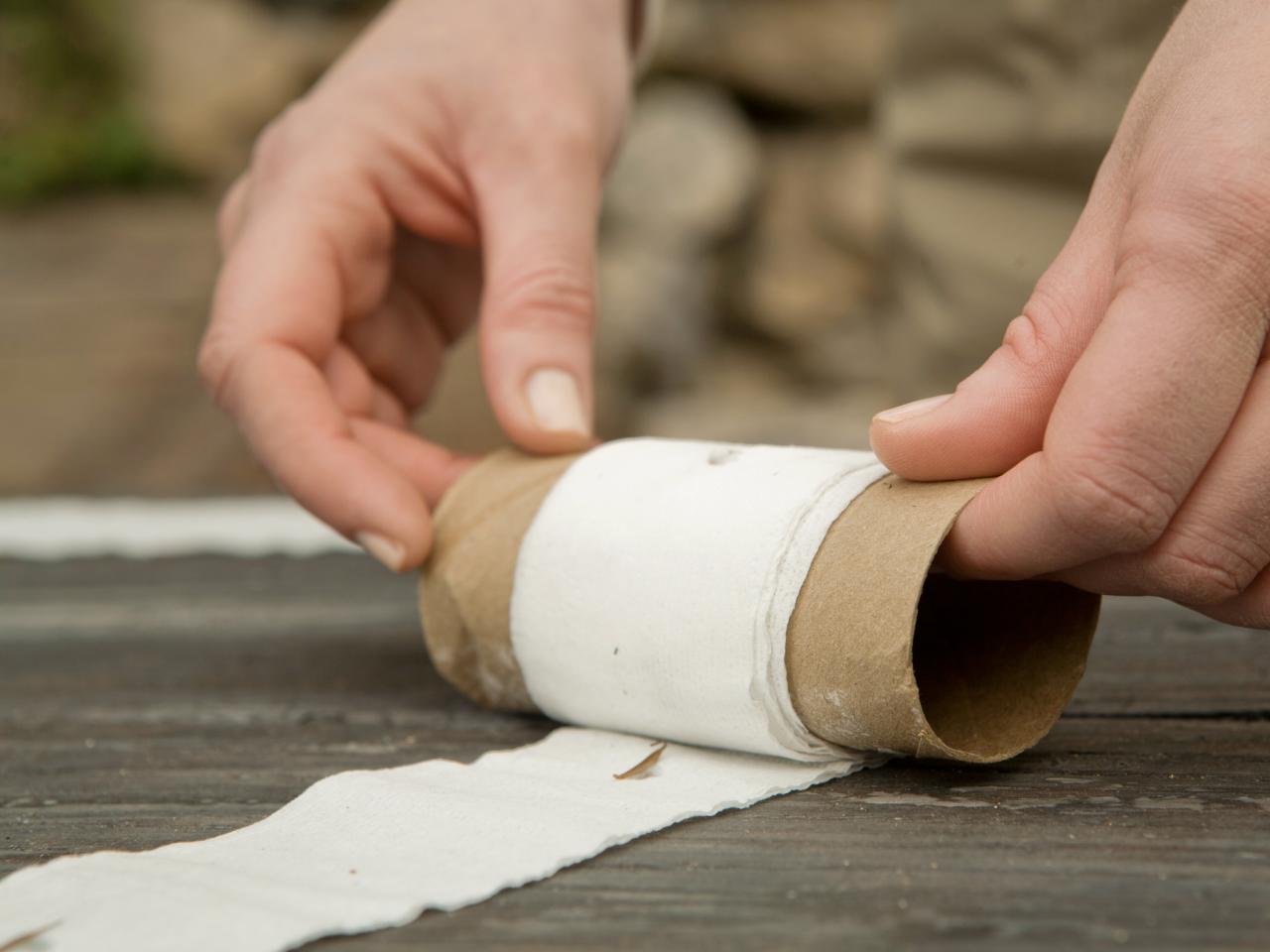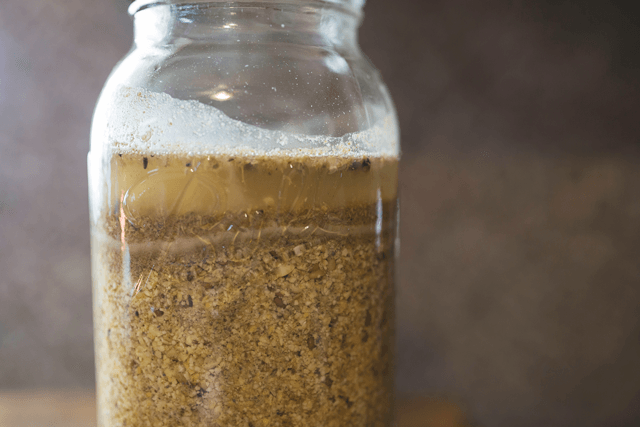DIY Starter Log
Starting a fire, even in a fireplace or a wood burning stove takes time, time and kindling. It’s much more convenient to use a starter log. But starter logs cost about $5 a piece, and that quickly adds up in the winter. This video demonstrates how to make starter logs yourself, from material and tools … Read more

